Disclosure: This article contains affiliate links. We may earn a commission from purchases at no extra cost to you, which helps our travel content.
Standing at the gateway to Kaesong's ancient walled city, I couldn't help but feel like I was stepping onto a playing field few Westerners ever access. After coordinating athletic exchanges across Asia for years, North Korea remained my final frontier - a destination requiring the diplomatic precision of a perfect game-day strategy. This summer, leveraging connections through sports diplomacy channels, I finally secured passage to explore the UNESCO Heritage treasures of Korea's ancient capital on a meticulously choreographed luxury tour. What followed was a week of cultural revelation that challenged everything I thought I knew about this isolated nation.
Navigating the Diplomatic Playbook
Getting to North Korea isn't like booking a weekend trip to Tokyo. As an athletic director who's organized team travel across four continents, I thought I understood complex logistics - but North Korea plays by entirely different rules. The journey required six months of preparation, working through a specialized tour operator with government connections, multiple visa applications, and detailed itinerary approvals.
My luxury tour package (approximately $4,500 USD) included accommodation at the Kaesong Folk Hotel, all meals, transportation, and mandatory guides. Before departure, I invested in the comprehensive North Korea travel guide, which proved invaluable for understanding cultural protocols and historical context beyond what our guides would share.
Packing required thoughtful consideration - no GPS devices, no religious materials, and nothing that could be construed as journalistic equipment beyond my personal camera. I kept my documentation organized in a waterproof travel document organizer that proved essential when crossing through multiple checkpoints with heightened scrutiny.
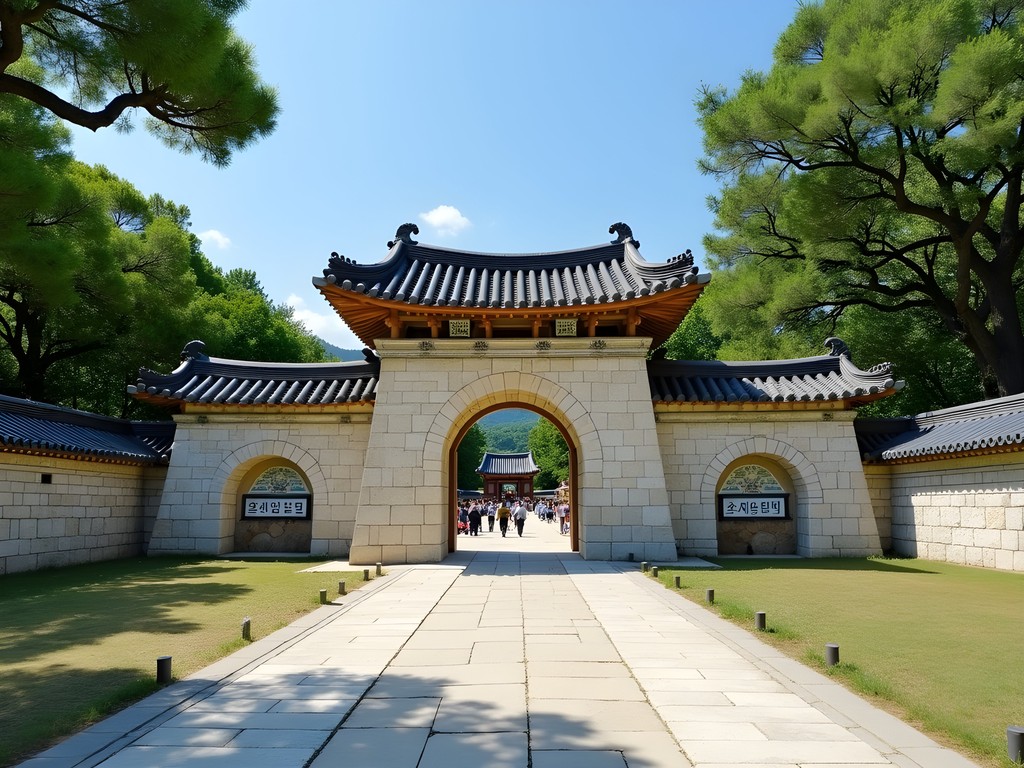
💡 Pro Tips
- Book through reputable specialized tour operators with direct DPRK government connections
- Begin visa application process at least 4-6 months before intended travel date
- Carefully review all photography restrictions before arrival - certain government buildings and military installations are strictly off-limits
Kaesong's Royal Enclosure: Korea's Ancient Capital Unveiled
The Kaesong Historical District represents the heart of the Koryo Dynasty (918-1392), when this city served as capital of a unified Korean peninsula. Our first morning began at the Manwoldae Palace ruins, once home to 31 kings but largely destroyed during the Japanese invasion of 1592. What remains are stone foundations and partial walls that outline the original palace complex.
Our government-assigned guide, Mr. Park, surprised me with his detailed knowledge of architectural history and willingness to engage in substantive discussion about preservation efforts. Having assessed dozens of historic sports venues across Asia, I couldn't help drawing parallels between the structural engineering of Kaesong's royal compounds and the ancient athletic facilities I'd studied in Kyoto.
The nearby Kaesong Koryo Museum (housed in a former Confucian academy) displays artifacts that reveal the sophistication of medieval Korean culture. The celadon pottery collection particularly impressed me - these delicate pieces have survived centuries of warfare and political upheaval.
To document the experience properly, I relied on my portable power station to keep camera equipment and devices charged throughout long days without reliable access to power outlets.
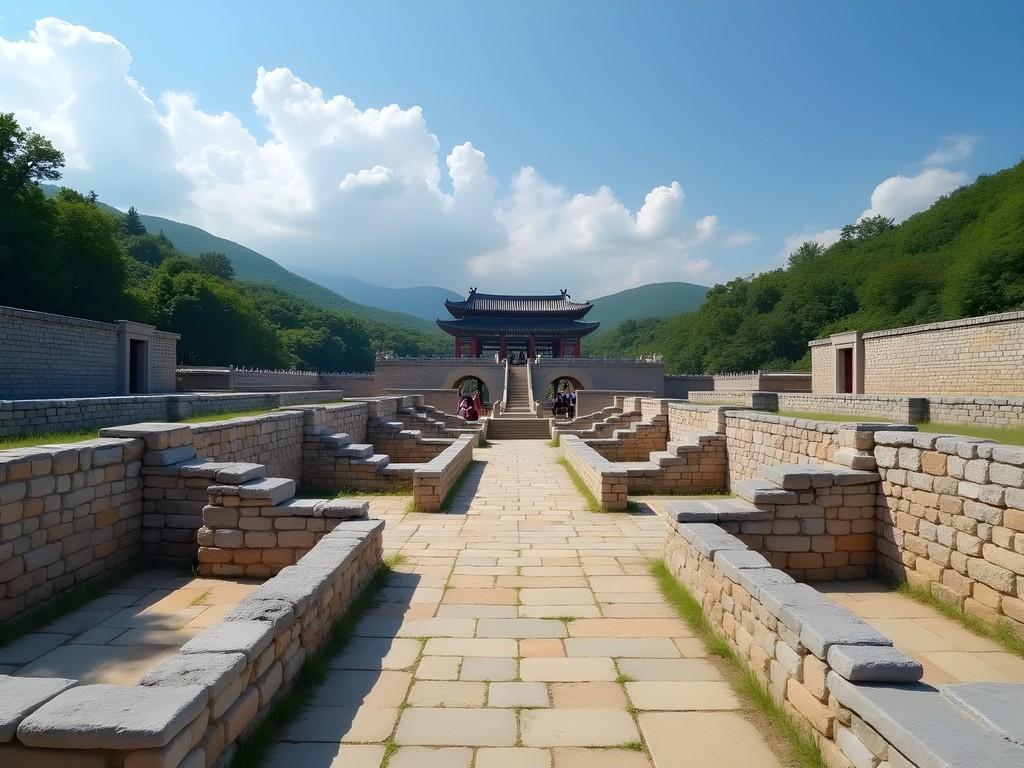
💡 Pro Tips
- Wear comfortable but respectful clothing - no shorts or revealing attire when visiting historical sites
- Bring a portable power bank as electricity can be unreliable even in luxury accommodations
- Ask specific, historically-focused questions rather than political ones to engage guides in meaningful conversation
The Royal Tombs: A Dynasty's Legacy
The highlight of Kaesong's UNESCO designation is undoubtedly the cluster of royal tombs scattered throughout the surrounding hills. The most impressive is the Tomb of King Kongmin, featuring twin burial mounds for the king and his Mongolian queen, surrounded by stone statues of civil and military officials.
Accessing these tombs requires moderate hiking across uneven terrain. I was grateful for my trekking poles which provided stability on the steeper sections and doubled as monopods for low-light photography at tomb entrances.
What struck me most was the similarity between these burial practices and those I'd studied in ancient athletic commemoration. Just as Olympic champions in ancient Greece received elaborate burial honors, Korea's kings were entombed with symbolic representations of their earthly power and achievements.
The precision of the tomb construction is remarkable - perfectly circular mounds with geometric stone arrangements that have withstood centuries of weather and political turmoil. Our guide explained that many tombs remained untouched during the Korean War due to their remote locations and spiritual significance to local people.
For capturing the expansive tomb complexes in challenging lighting conditions, my neutral density filter set proved invaluable for balancing the harsh summer sunlight against the shadowed stone sculptures.
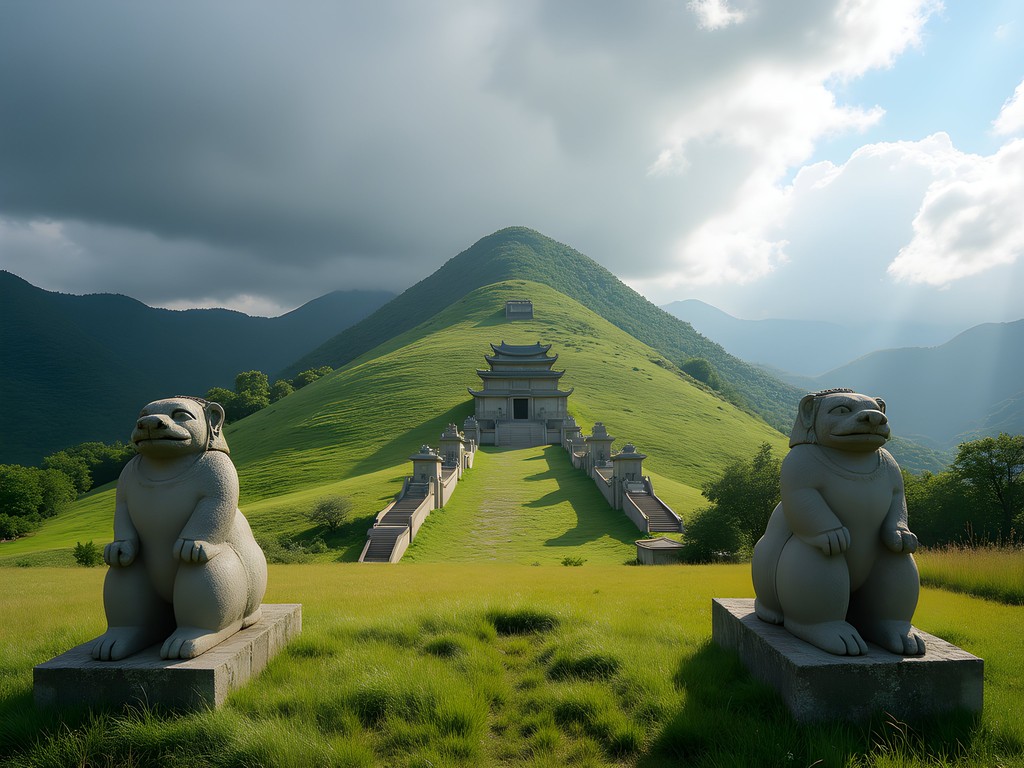
💡 Pro Tips
- Bring good walking shoes with ankle support for the uneven paths between tomb complexes
- Visit the tombs in early morning for best photography light and fewer tour groups
- Carry water and sun protection as shade is limited at most tomb sites
Kaesong Folk Hotel: Living History After Hours
Unlike standard North Korean tourist accommodations in Pyongyang, Kaesong offers a unique opportunity to stay in a traditional Korean hanok at the Kaesong Folk Hotel. The property features restored noble houses from the Joseon Dynasty, converted into guest quarters with surprising luxury touches despite the traditional setting.
As an athletic director accustomed to arranging team accommodations, I was impressed by how the property balanced historical authenticity with necessary modern comforts. Sleeping on traditional floor bedding required some adjustment for my 6'2" frame, but the travel neck pillow I brought along made all the difference for proper alignment.
Evenings at the Folk Hotel offered rare moments of relative freedom. While still under supervision, guests can walk the courtyard gardens and interact with staff in less formal settings. It was during these evening hours that I had my most genuine conversations with locals - discussing everything from traditional Korean sports to comparing notes on athletic training methods.
Meals at the hotel showcase Kaesong's renowned cuisine, particularly the famous Kaesong Koryo Insam (ginseng) dishes and Kaesong Yakbap (sweet rice with nuts and fruits). The multi-course royal banquet served on our final evening featured over 12 traditional dishes presented on brass tableware - a dining experience that rivals luxury historical experiences I've had in Kyoto or Seoul.

💡 Pro Tips
- Request a room in the inner courtyard area for more privacy and traditional architectural features
- Bring small gifts (sports memorabilia works well) for hotel staff who provide exceptional service
- Pack earplugs as traditional paper walls offer limited soundproofing between rooms
DMZ Through a Sports Diplomat's Eyes
No visit to Kaesong is complete without experiencing the Korean Demilitarized Zone from the northern perspective. As someone who's witnessed how sports can bridge political divides (I've coordinated friendly matches between Canadian and Cuban baseball teams during similar diplomatic tensions), seeing the DMZ firsthand was particularly poignant.
The North Korean approach to the DMZ tour differs dramatically from the South Korean version I'd experienced years earlier. Rather than emphasizing military readiness, our guides focused on reunification narratives and historical context for the division. The Panmunjom Joint Security Area, where North and South Korean soldiers stand face-to-face, carries a weight unlike any stadium or arena I've ever entered.
For this portion of the trip, I was grateful for my compact translation device which helped me understand nuanced explanations from military personnel that our regular guide struggled to translate. The device proved its worth when I was able to ask specific questions about the 2018 inter-Korean sports initiatives that led to joint Olympic participation.
Perhaps most surprising was the gift shop at the DMZ visitor center, where I purchased commemorative stamps and postcards (which were later inspected before I could mail them). My waterproof travel wallet kept these souvenirs and my documentation secure through the multiple security checkpoints.
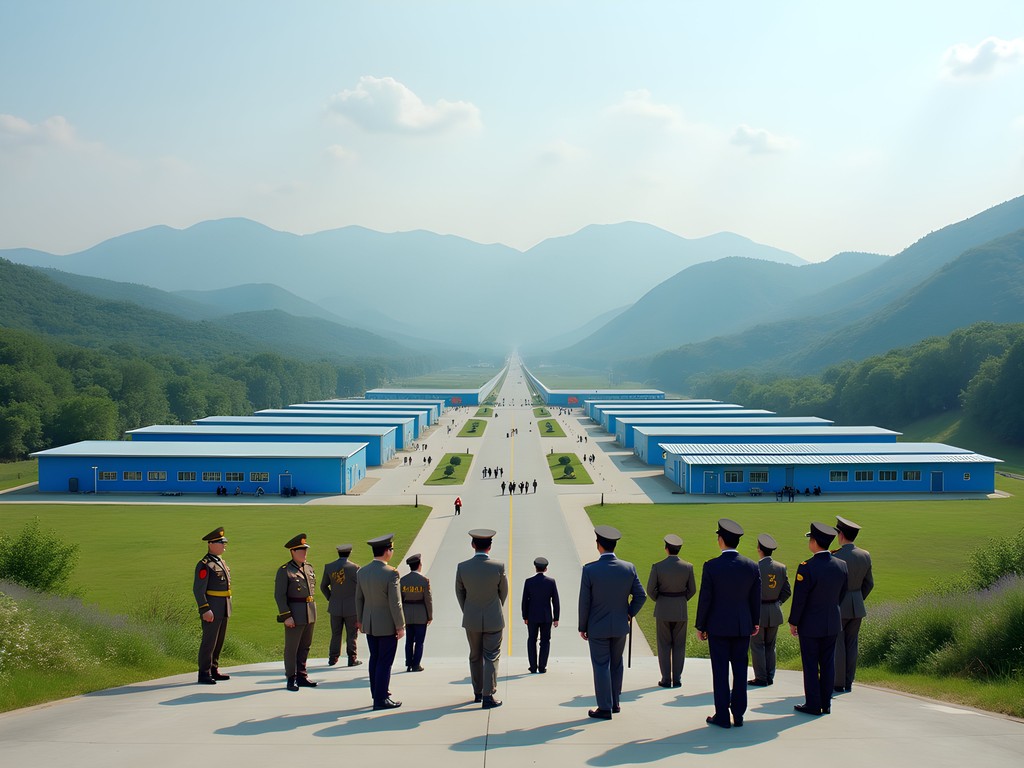
💡 Pro Tips
- Follow photography instructions at the DMZ with absolute precision - certain angles and subjects are prohibited
- Dress formally for the DMZ visit - business casual at minimum is expected
- Prepare specific, non-political questions in advance to maximize learning during limited DMZ access time
Final Thoughts
Departing Kaesong feels like leaving a championship venue after the crowds have gone - you're left with impressions that defy easy explanation to those who weren't there. This ancient capital, frozen in time yet evolving under extraordinary circumstances, offers a window into Korean history unavailable anywhere else. As an athletic director who's witnessed how sports transcend political boundaries, Kaesong reinforced my belief in cultural exchange as a pathway to understanding.
The UNESCO sites of Kaesong aren't merely historical curiosities - they're living monuments to a unified Korean identity that predates current divisions. For travelers willing to navigate the complex logistics and strict protocols, the rewards are immeasurable: authentic insights into one of the world's most misunderstood nations and access to historical treasures few outsiders ever witness.
As I tell the young athletes I mentor: the most challenging playing fields often provide the greatest lessons. Kaesong, with its ancient tombs and palaces juxtaposed against modern political realities, offers precisely such a field for the intellectually curious traveler. The question isn't whether you should attempt this journey, but rather if you're prepared for how it might transform your worldview when you do.
✨ Key Takeaways
- Kaesong offers unprecedented access to Korean cultural heritage preserved in ways impossible elsewhere on the peninsula
- Luxury tours provide comfort but still require significant advance planning and flexibility
- Sports diplomacy connections can facilitate deeper engagement with local guides and officials
- The contrast between the DMZ's northern and southern presentations reveals much about respective national narratives
📋 Practical Information
Best Time to Visit
May-September (summer months offer most reliable access)
Budget Estimate
$4,000-6,000 USD for 7-day luxury tour including visa processing
Recommended Duration
5-7 days minimum to properly explore Kaesong and surrounding sites
Difficulty Level
Challenging Due To Complex Travel Restrictions And Regulations
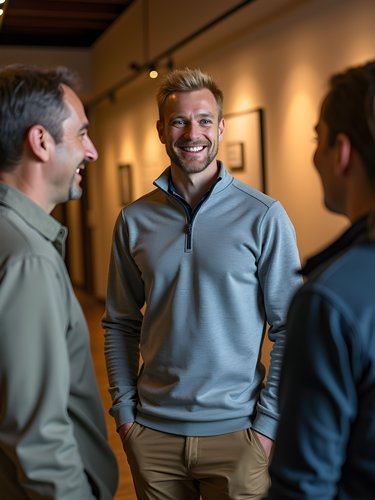
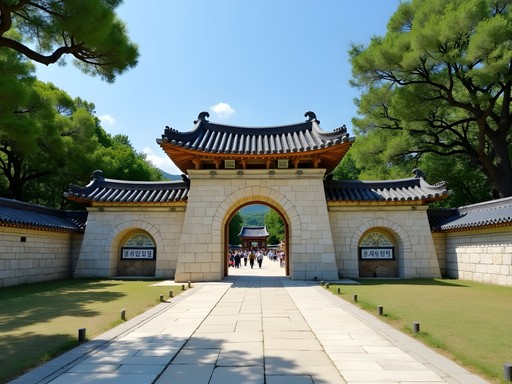


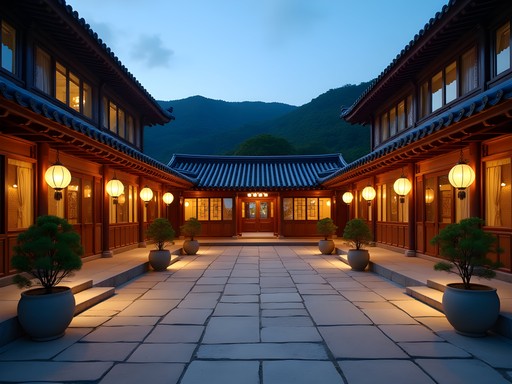
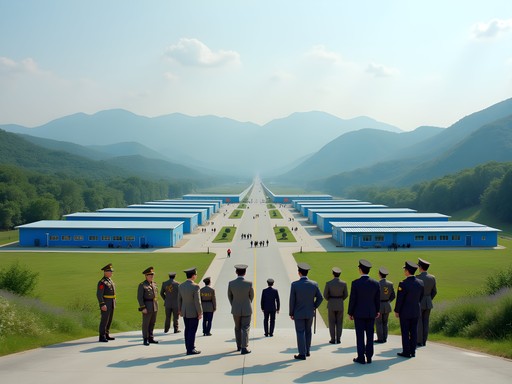









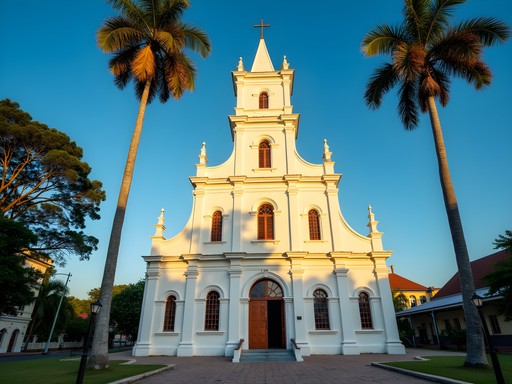
Comments
wanderace
I visited the DMZ from the South Korean side last year, and staring across into North Korea was such a surreal experience. Can't believe you got to go beyond that boundary! Did you have to surrender your phone/camera at any point? They were super strict about photos even from the southern observation deck. Also, how far in advance did you have to plan this trip? Seems like it would require months of preparation and permissions.
photodiver
That shot of the Koryo dynasty tombs is spectacular! The lighting is perfect.
Charlotte Watkins
Eric, this brought back memories of my visit to other closed societies. While I haven't been to North Korea, I did visit Cuba in the early 2000s when American tourism was heavily restricted. That same feeling of stepping into a preserved time capsule resonates with your descriptions of Kaesong. I'm particularly intrigued by your mention of the royal enclosure - did you get the sense that the historical narrative presented was authentic or heavily filtered through the current political lens? When traveling to politically complex destinations, I always bring my travel journal to record unfiltered impressions before they get reshaped by later reflections.
photodiver
Charlotte - great comparison with Cuba! I felt the same way visiting Iran last year. Beautiful historical sites but always with that awareness of being in a place with complicated politics.
Charlotte Watkins
Exactly! These places have such rich histories that often get overshadowed by current politics. Iran has been on my list forever - the architecture looks incredible.
beachwalker
Never thought I'd see a travel blog about North Korea! Those UNESCO sites look incredible though.
skyvibes
Those photos of the Kaesong Folk Hotel are incredible! Did you really get to stay overnight there? What was the food like?
Stephanie Romano
Eric, this is absolutely fascinating! I've been curious about North Korea for years but never imagined visiting. Your description of the Royal Tombs gave me chills - that sense of stepping into a place where so few outsiders have been. How strict was your monitoring during the visit? I've done some restricted access travel (Myanmar before it opened up), but nothing quite like this. Did you feel the diplomatic background helped you see things others might not?
wanderace
I'm curious about this too! I've heard visitors are never allowed to wander freely in North Korea.
mountainzone
Wow! North Korea is definitely not on most travel lists. Super fascinating to see these ancient sites most of us will never visit.
worldwanderer
Love that shot of the traditional architecture! The colors are stunning.
travelbugg88
Those photos of the royal tombs are incredible! How close could you actually get to them? Were there restrictions on photography?
Eric Nelson
You can get fairly close to the tombs but there are roped-off areas. Photography was allowed at most sites but no photos of military or construction. Always ask guides before taking pictures of people - some locals don't want to be photographed.
Sophia Gomez
Eric, this takes me back to my visit in 2023! I was there for a business conference in Seoul and took the rare opportunity to join a day trip to Kaesong. The contrast between South and North Korea is jarring. The Kaesong Folk Hotel was exactly as you described - that strange time capsule feeling with the dated furnishings and propaganda broadcasts. Did you try the ginseng chicken soup? It was surprisingly one of the best meals I had in Korea. My guide mentioned they've been slowly increasing tourist capacity - did you notice many other Western visitors during your stay?
Eric Nelson
Sophia, so cool you made it there too! Yes, the ginseng chicken was incredible - definitely not what I expected! We only saw two other Western groups during our three days, both European. Our guides mentioned tourism is still very limited compared to pre-pandemic levels.
Sophia Gomez
That tracks with what I heard. For anyone reading this and considering a visit, I found Bradt North Korea Guide incredibly helpful for background context before going. The historical information really enhanced my appreciation of the Kaesong sites.
Venture X
Premium card with 2X miles, $300 travel credit, Priority Pass